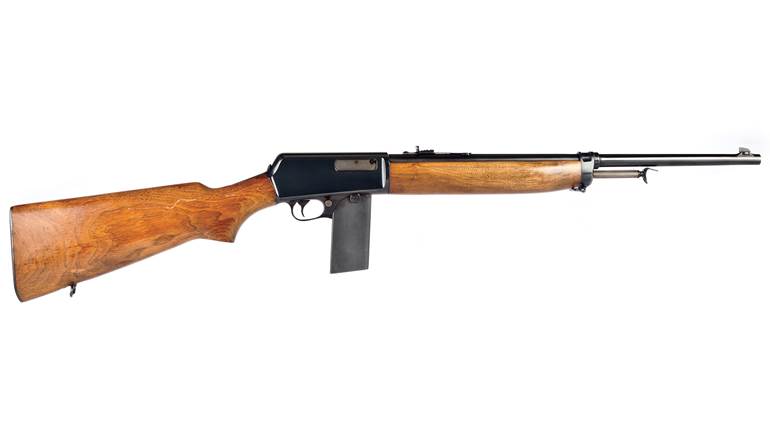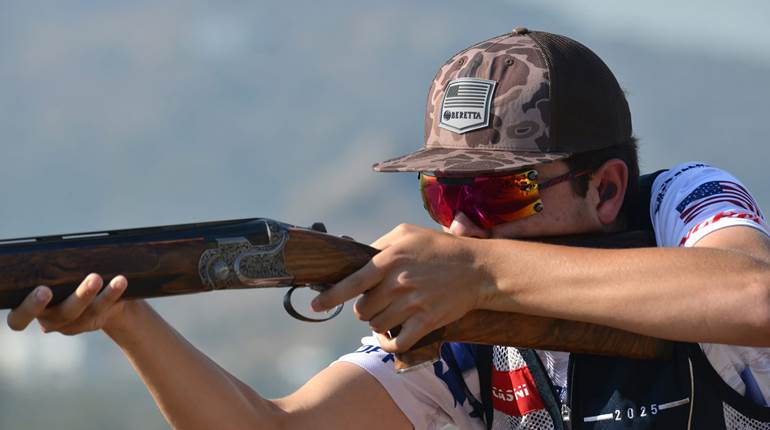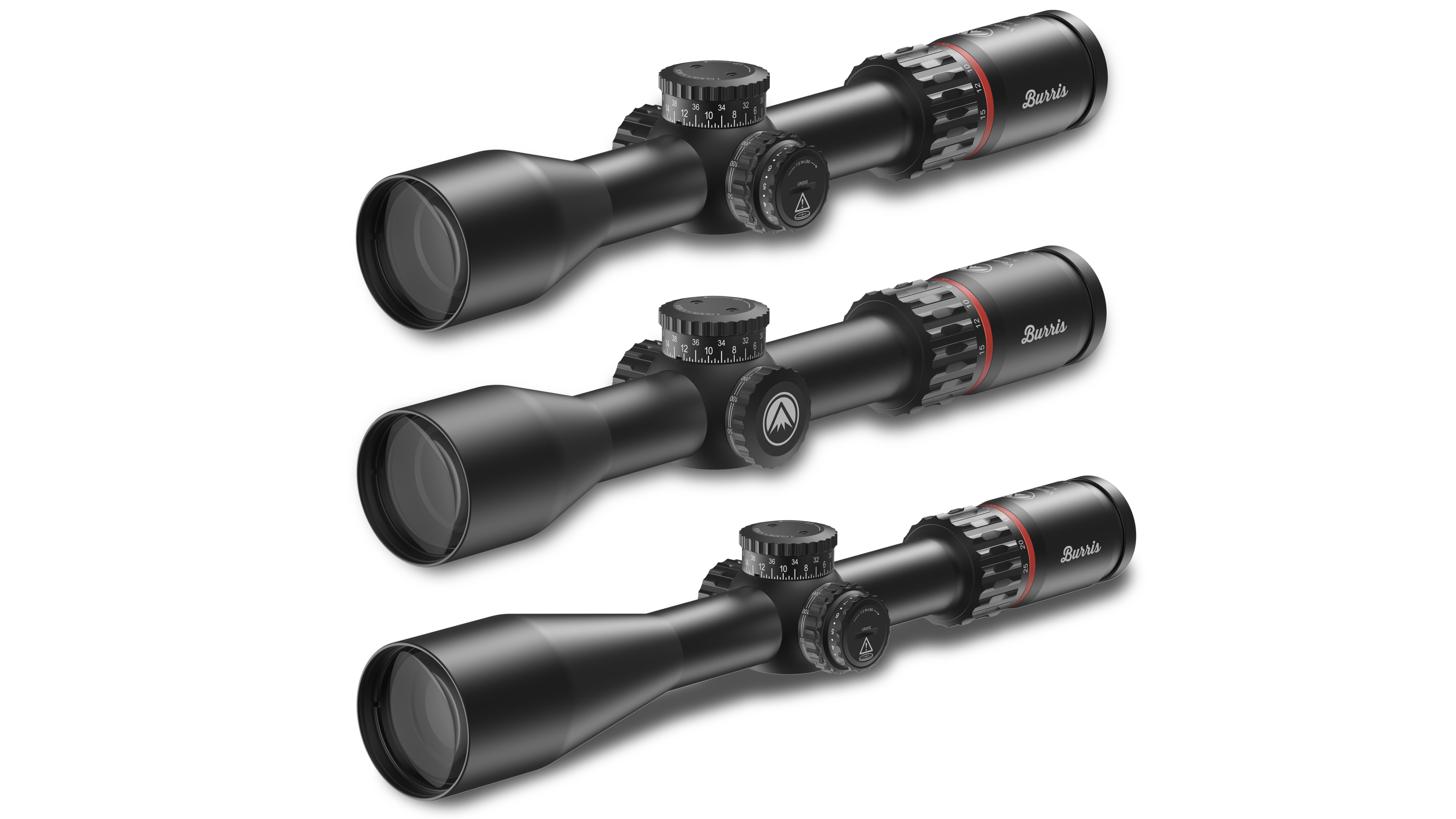Picking up with our discussion of IP (intellectual property) as it really applies to the gun business, today’s word is “patent.” Unlike other forms of IP such as copyrights, trademarks and trade dress, a patent has to pass muster with the U.S. government before it is issued.
To quote from the U.S. Patent & Trademark Office, “A patent is an intellectual property right granted by the Government of the United States of America to an inventor ‘…to exclude others from making, using, offering for sale, or selling the invention throughout the United States or importing the invention into the United States…’ for a limited time in exchange for public disclosure of the invention when the patent is granted.
“This right was established over 200 years ago in Article 1, Section 8 of the United States Constitution: ‘To promote the Progress of Science and useful Arts, by securing for limited Times to Authors and Inventors the exclusive Right to their respective Writings and Discoveries.’”
A patent comes in three forms. A “design patent,” as the name implies, is for decorative or ornamental articles—the shape or design of a manufactured product. A “utility patent” is for any new and useful process, machine, article of manufacture, or composition of matter, or any new and useful improvement thereof. The third type of patent is called a “plant patent” for any new type of plant, like a hybrid tomato.
A patent is good for 17 years whereas other forms of IP, like a copyright or a trademark, is good indefinitely.
The U.S. Patent & Trademark Office reviews patent applications and rules on whether or not the invention is legitimate. A bureaucrat known as a “patent examiner” reads and analyzes every patent application, from a new firearm to a pill to cure twitchy legs. The examiner looks at several criteria to determine if a patent will be granted, but in the gun business, the two most important are originality and something so obvious it should be obvious—the doctrine of obviousness.
If you try to patent a waterproof piece of cloth to hold over your head in the rain, your invention would be rejected because it’s obvious that you can hold any piece of fabric over your head to keep you dry in the rain. There would be “prior art” that you would have to disclose in your invention, showing the umbrella and the poncho.
But let’s say that the patent examiner was feeling in a good mood that day and he granted you a patent for your Personal Rain Shelter. You go to market with your invention and pretty soon you notice other people are copying you. You sue them for patent infringement and lose in court because, even though you have a patent, the court rules that the patent is invalid due to the “doctrine of obviousness.”
This exact circumstance has happened in the gun business more than once, which calls to mind a very important lesson about patents— they ain’t what they’re cracked up to be.
First, just because you have a patent, it doesn’t mean it’s valid. Second, just because you have a patent, it doesn’t mean you can’t be copied. It only means you can sue to defend your patent.
My old friend Ronin Colman at PACT, maker of the PACT timer and PACT chronograph, was knocked off by an Australian company. It was an exact rip-off of PACT’s most expensive model. Ronin could block the importation of the patent-infringing product, but he had to hire a lawyer and go to the U.S. Customs to “prove” he had a patent and that the Aussia knock-off was in fact a knock-off. To defend his patent, Ronin had to be proactive.
When Larry Kelly was running Magnaport, he told me that he set aside $50,000 a year for defending his patent on an EDM port in a barrel. That was back in the ‘80s when $50,000 was $50,000. Every year some basement bandit would start wiring EDM ports into barrels and Larry would go after him.
The government does nothing whatsoever to enforce a patent. The onus is totally on the inventor.





































